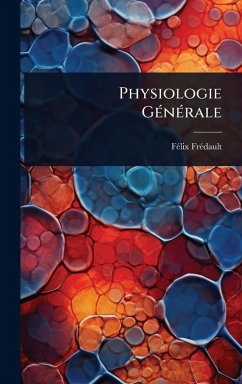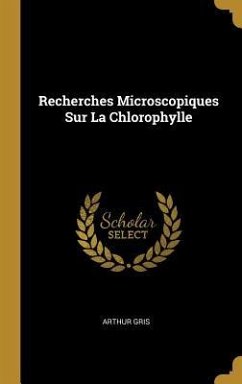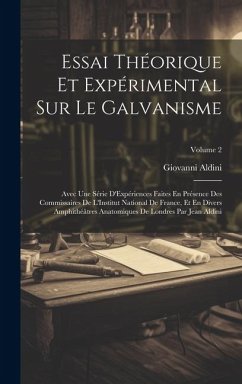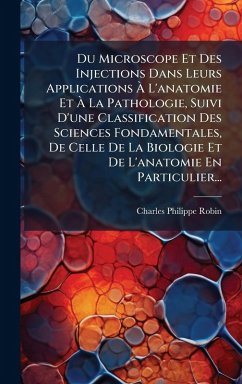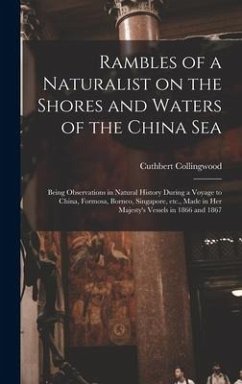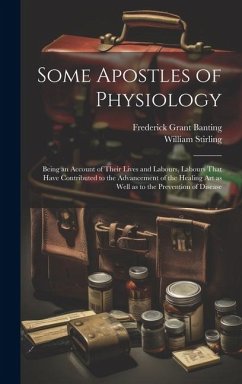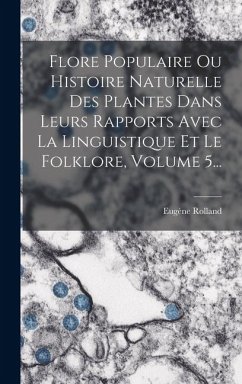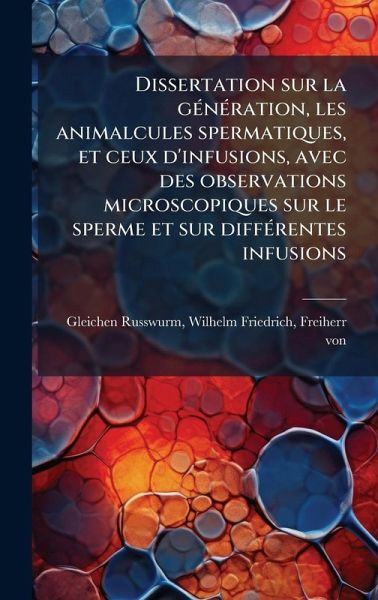
Dissertation sur la gÃ(c)nÃ(c)ration, les animalcules spermatiques, et ceux d'infusions, avec des observations microscopiques sur le sperme et sur diffÃ(c)rentes infusions
Versandkostenfrei!
Versandfertig in über 4 Wochen
32,99 €
inkl. MwSt.
Weitere Ausgaben:

PAYBACK Punkte
16 °P sammeln!
Dissertation sur la génération, les animalcules spermatiques, et ceux d'infusions, avec des observations microscopiques sur le sperme et sur différentes infusions by Wilhelm Friedrich, Freiherr von Gleichen-Russwurm, published in 1798, represents a significant contribution to the early understanding of generation and microscopic life. This treatise delves into the study of spermatozoa and infusoria, providing detailed microscopic observations of sperm and various infusions. Gleichen-Russwurm's work offers invaluable insights into the scientific perspectives of the late 18th century, reflect...
Dissertation sur la génération, les animalcules spermatiques, et ceux d'infusions, avec des observations microscopiques sur le sperme et sur différentes infusions by Wilhelm Friedrich, Freiherr von Gleichen-Russwurm, published in 1798, represents a significant contribution to the early understanding of generation and microscopic life. This treatise delves into the study of spermatozoa and infusoria, providing detailed microscopic observations of sperm and various infusions. Gleichen-Russwurm's work offers invaluable insights into the scientific perspectives of the late 18th century, reflecting the burgeoning interest in microscopy and its applications to biological inquiry. This historical document is essential for researchers and enthusiasts interested in the history of biology, medicine, and microscopy. It showcases the methods and theories prevalent during a pivotal era in scientific exploration and offers a fascinating glimpse into the foundations of modern biological sciences. This work has been selected by scholars as being culturally important, and is part of the knowledge base of civilization as we know it. This work was reproduced from the original artifact, and remains as true to the original work as possible. Therefore, you will see the original copyright references, library stamps (as most of these works have been housed in our most important libraries around the world), and other notations in the work. This work is in the public domain in the United States of America, and possibly other nations. Within the United States, you may freely copy and distribute this work, as no entity (individual or corporate) has a copyright on the body of the work. As a reproduction of a historical artifact, this work may contain missing or blurred pages, poor pictures, errant marks, etc. Scholars believe, and we concur, that this work is important enough to be preserved, reproduced, and made generally available to the public. We appreciate your support of the preservation process, and thank you for being an important part of keeping this knowledge alive and relevant.



